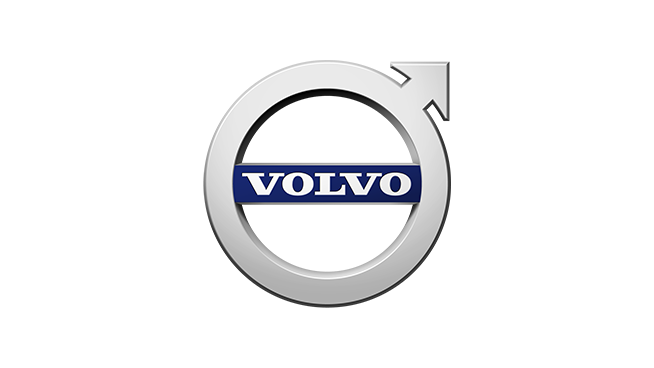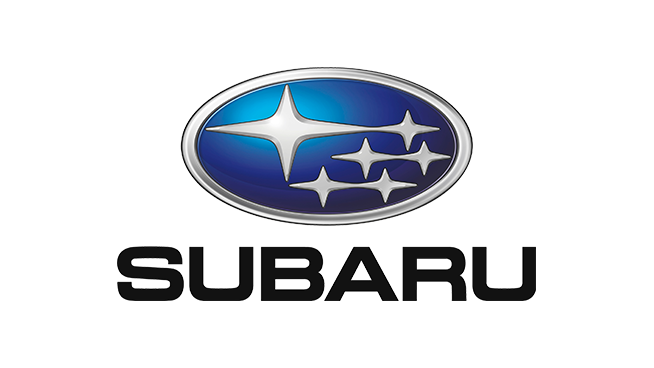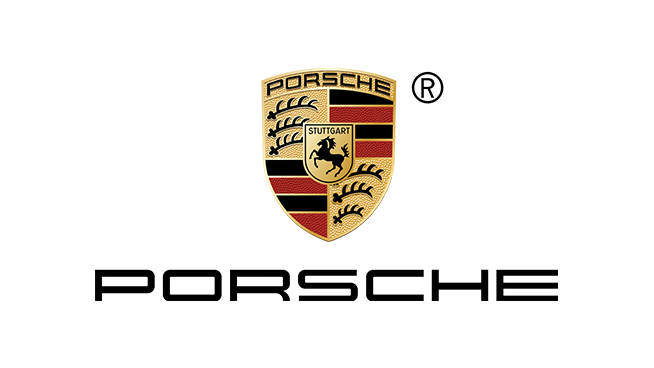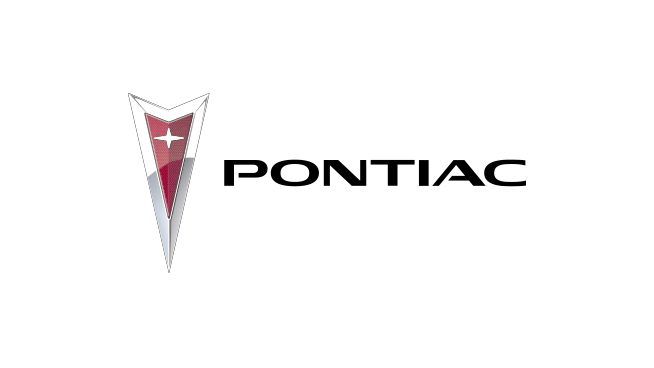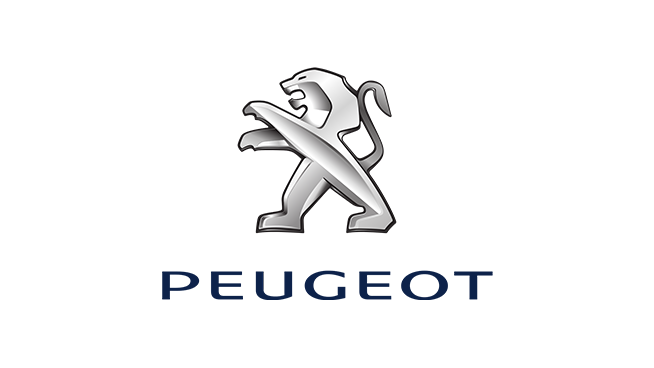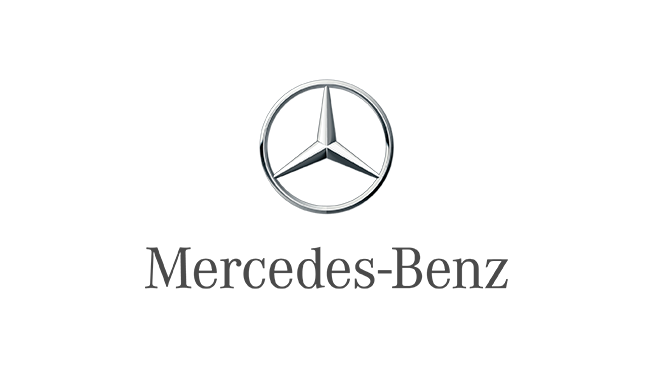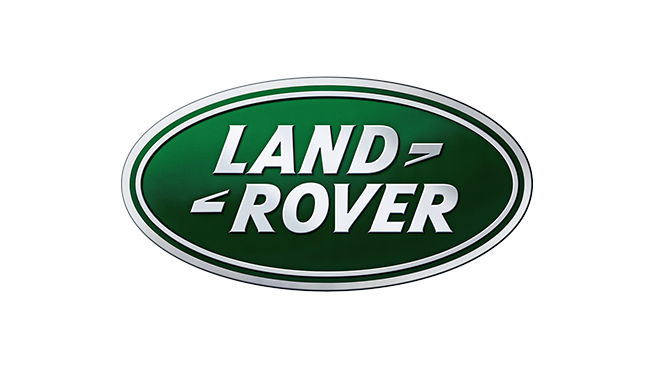Blog
The difference between margin and markup
Content

Another difference between profit margin and markup is the calculations to determine the selling prices from each strategy. Profit margin and markup determine the profit made from each sale, but they differ in their calculation methods. As mentioned earlier, markup calculates profit as a percentage of the cost price, while profit margin, also known as margin, calculates profit as a percentage of the selling price. The primary difference between profit margin and markup lies in their calculation methods. Markup calculates profit as a percentage of the cost price, while margin calculates profit as a percentage of the selling price. This distinction in calculation methods has a direct impact on the selling prices and profit amounts when using https://kelleysbookkeeping.com/independent-contractor-agreement-for-accountants/ strategies.
If you fell short of your target profit margin, you can review the project details to identify errors, gaps, and overruns that may impact your bottom line so you can course correct before it is too late. Calculate the margin by subtracting the cost of goods sold (COGS or cost price) from the selling price and dividing that number by the selling price. Even though calculating margin and markup for your business will be a more involved process, the important thing is that you understand the information they provide.
How to Calculate Markup
A company’s gross margin indicates that it has generated more money from selling its goods than what it paid for its goods. Both of these indicators have useful applications, but neither serves as the best indicator of small business profitability. Markup pricing is a pricing strategy in which a fixed percentage is added to the cost of a product or service to determine its selling price. This markup percentage represents the desired profit on each unit sold.
- Besides giving you the markup percentage, it also helps you decide on the retail price of a product.
- Markup is used to set prices, and margin is used to evaluate performance.
- Emily Browne is a Berlin-based editor covering all things wholesale commerce, tech and brand awareness.
- For example, if a company sells a product for $100 and it costs $70 to manufacture the product, its margin is $30.
- Markup is the amount by which the cost of a product is increased in order to derive the selling price.
Conversely, if you think your goal markup should be the margin, you can accidentally be pricing your products too high. This is very off-putting to customers and can damage your relationships as well as drive down demand for the products. Even worse, this can cause a bullwhip effect that will upset the supply and demand balance throughout your entire supply chain. Calculating margin requires only two data points, the cost of the product and the price it’s being sold at.
How to Add a Markup Percent to a Product
The markup shows you how much more you are charging for a product than what it cost you to produce or buy. Markup is necessary to ensure that your business is making profits and covering all the costs. Markup is necessary for the beginning stage to closely understand the performance and costs.
- Markup refers to the percentage of an item’s cost that will be added to establish the sales price of an item.
- When choosing the selling price, you need to consider both these quantities, but usually, the markup has more importance as it allows you to always cash in a profit.
- A sound understanding of your numbers, coupled with effective use of financial management tools like Brixx, can significantly boost your business’s chances of success.
- In other words, markup is a percentage of a good’s costs, and margin is a percentage of revenue.
- Let’s use the same product to clarify the differences between markup and margin better.
- An understanding of the terms revenue, cost of goods sold (COGS), and gross profit are important.
Expressed as a percentage, however, it’s necessary to use the margin formula and markup formula to calculate the different rates. Markup is the amount by which the cost of a product is increased in order to derive the selling price. To use the preceding example, a markup of $30 from the $70 cost yields ACCOUNTING & PAYROLL SERVICES the $100 price. Or, stated as a percentage, the markup percentage is 42.9% (calculated as the markup amount divided by the product cost). Profit margin and markup show two aspects of the same transaction. Profit margin shows profit as it relates to a product’s sales price or revenue generated.
